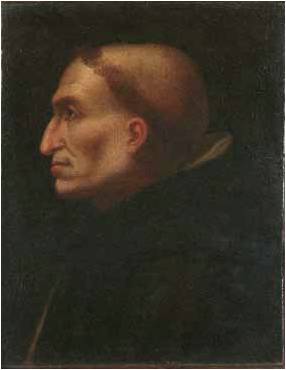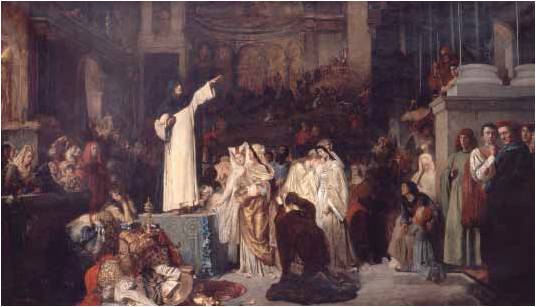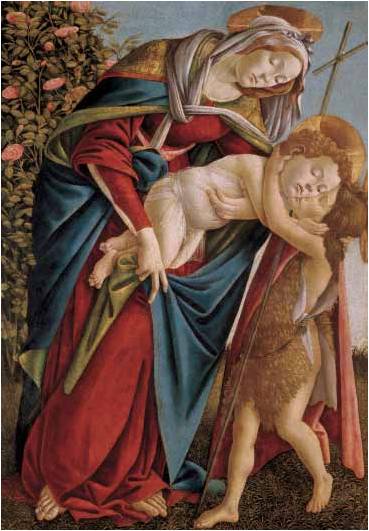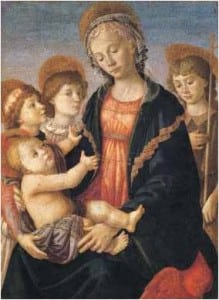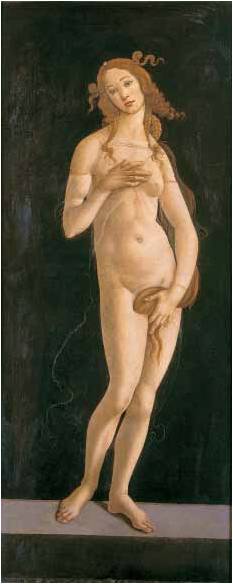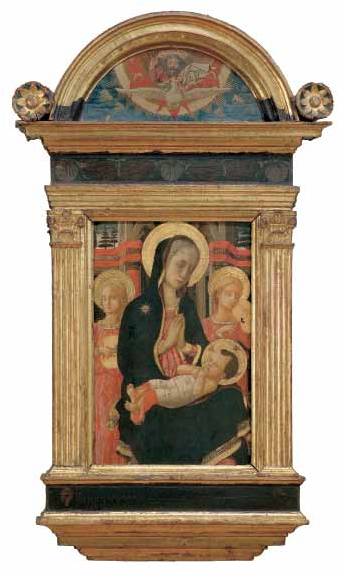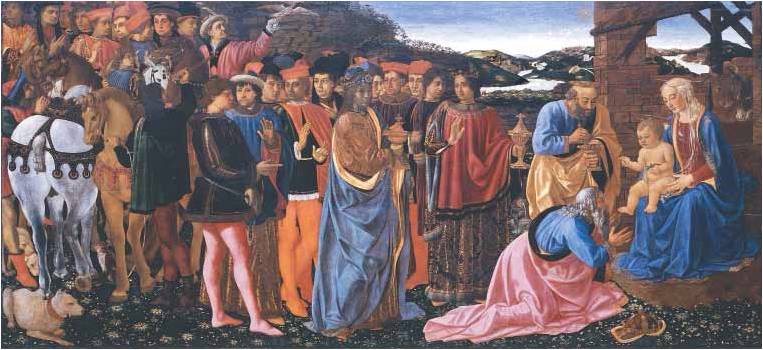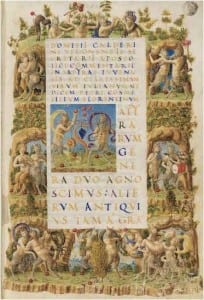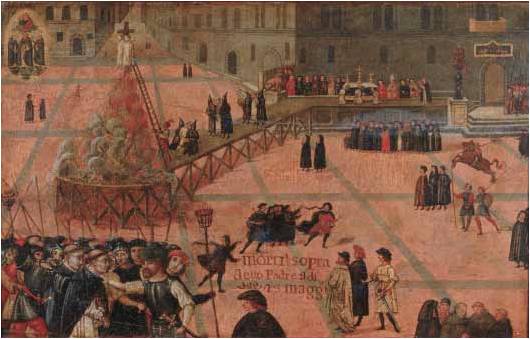
«O Signore io… io voglio solamente la tua croce: fammi perseguitare, io ti domando questa grazia che tu non mi lasci morire in sul letto, ma che io ti renda il sangue mio, come tu hai fatto per me». Savonarola aveva sempre agognato la morte. In una società di ambiguità e compromessi invocava chiarezza e confronto. In una città che produceva beni di lusso predicava le virtù della povertà. Non poteva durare. Scomunicato, negò la
legittimità del papa. I bambini presero a sassate i corpi in fiamme.
“Oh Lord… all I want is your cross: let me be persecuted, I beg you this grace, that I not die in my bed, but shed my blood for you, as you did for me.” Savonarola had always sought and foreseen his death. In a society full of ambiguity and compromise, he insisted on clarity and confrontation. In a town that made its living
producing luxury goods, he demanded the virtues of poverty. It couldn’t last. Excommunicated, he denied the Pope’s legitimacy. Children threw stones as the bodies burned.

